Content by Kristine Lang
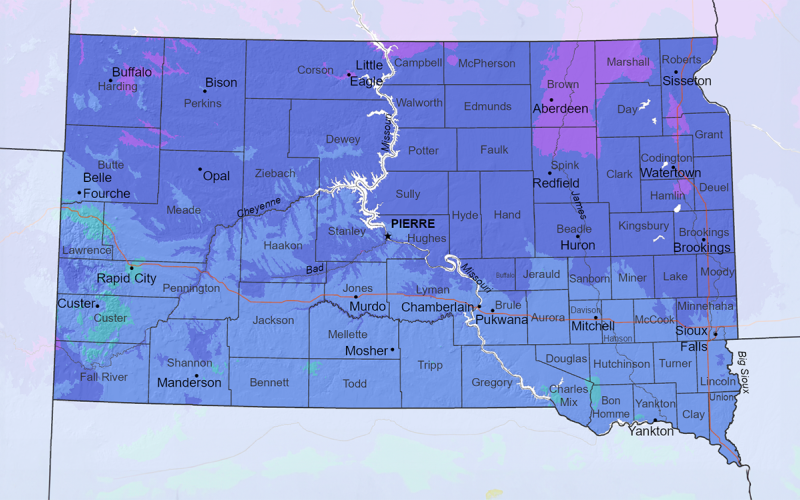
2023 USDA Plant Hardiness Zones
Winter and spring are a great time for planning new garden and landscape designs. Learn how recent updates to the USDA Plant Hardiness Zones may have South Dakota gardeners feeling extra adventurous when selecting new plants for their gardens this season!
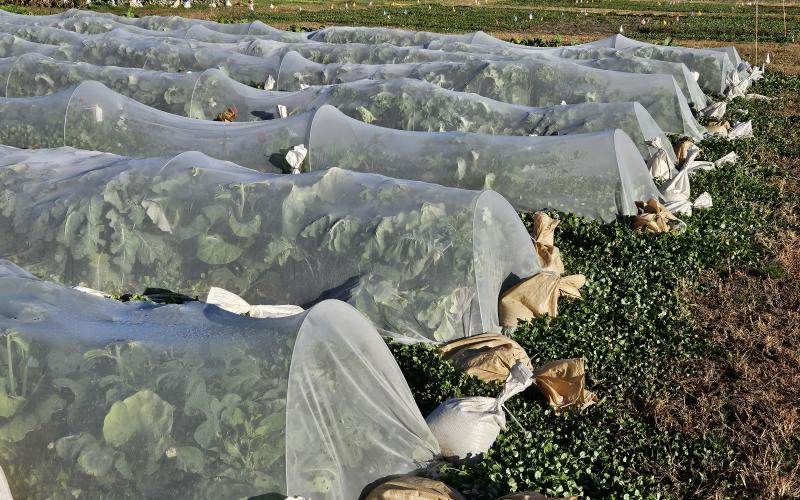
SDSU Extension to host virtual training series on vegetable production
January 16, 2024
The second annual South Dakota Virtual Vegetable Short Course topics will include cover crop integration, soil health improvement, weed management and integrated pest management for field and high tunnel production. The four-part educational series will take place via Zoom from 6 to 7:30 p.m. MT/7 to 8:30 p.m. CST on Jan. 22, 24, 29 and 31, 2024.

Cucurbit Diseases in South Dakota
Cucurbit crops grown in both the field and in high tunnels face disease pressure from many fungal and bacterial diseases. Learn how to identify and manage some of the most common ones.

Understanding Eastern Black Nightshade: A Comprehensive Guide for Gardeners
Eastern black nightshade is a resilient invasive plant that can thrive in a variety of environments. This resource explores its genus, description, optimal growing conditions, propagation, fruiting period, and methods for safe removal.
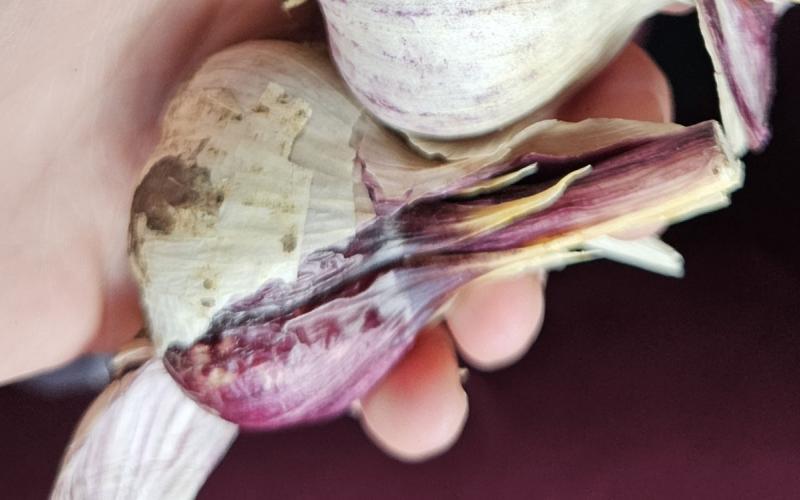
Embellisia Skin Blotch of Garlic
Have you noticed irregular, dark areas on the outer scales of your garlic bulbs? It's possible it might have Embellisia skin blotch, a fungal disease that can develop during periods of high summer moisture.

Planting for Specialist Butterflies
Monarchs are not the only specialist pollinators in South Dakota. Many other butterflies also require a specific plant or family of plants to lay eggs on. Learn about some important host plants to help specialist butterflies in your yard!

The Seen and Unseen World of Invertebrates and Vegetables: The good, the bad, and the cute
The seen and unseen worlds of invertebrates in our gardens offer an opportunity to understand how each organism plays a crucial role in the balance of our environment, whether they are good, bad, or even cute.
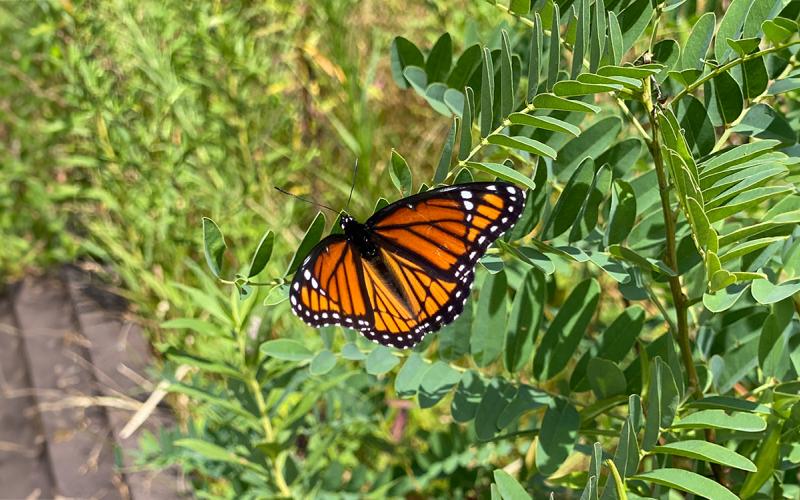
Generalist Host Plants in South Dakota
Many butterflies and moths are generalists, meaning that their larva can use a variety of host plants as food. Learn about some of the best host plants you can grow in your yard to support butterflies, moths, and everything that relies on them!
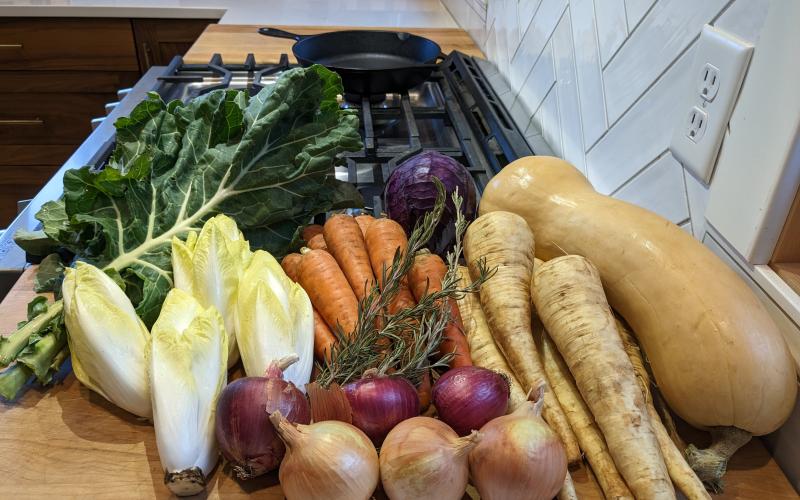
SDSU Extension to host short educational course on high tunnels
September 29, 2023
South Dakota State University Extension will host a two-day High Tunnel Short Course on Oct. 16-17 at the Outdoor Campus – West in Rapid City.

SDSU Extension to feature Beadle Conservation District at High Tunnel Field Day
September 13, 2023
Perfect for farmers, technical service providers, gardeners and anyone curious about high tunnels, the field day is from 5 p.m. to 7 p.m. CDT on Sept. 21, 2023, at the Beadle Conservation District site, 1174 Lincoln Ave. SW, Huron, South Dakota. It is free to attend.